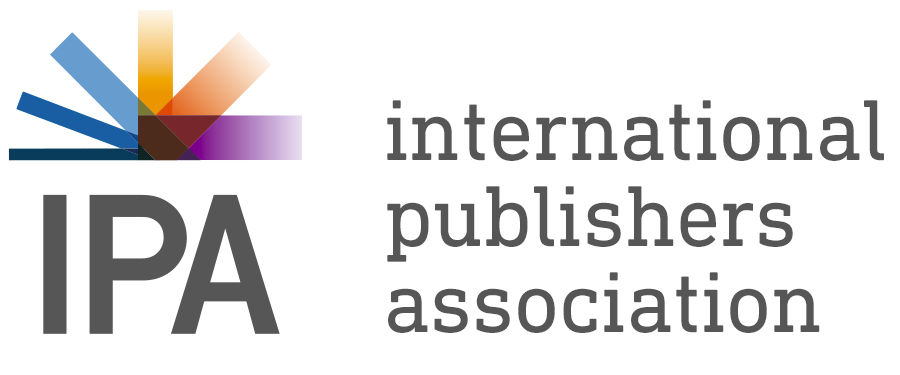This SCCR will be a compact affair, with the usual agenda items (broadcasting, exceptions and limitations, and ‘other matters’) squeezed into 3 days, not the usual 5.
The core IPA team of José Borghino, Secretary General, and James Taylor, Director of Communications and Freedom to Publish, is being joined by Piero Attanasio (Italian PA), Anne Bergman-Tahon (FEP), Glenn Rollans (Canadian PA) and Jessica Sänger (German PA), with Catriona Stephenson (UKPA) beaming in online.
The day’s agenda (annotated version here) was opened by Owen Ripley (Canada), chairing his last SCCR, following the quick confirmation of Adriana Moscoso (Spain) as SCCR Chair for meetings in 2024, with Vanessa Cohen (Costa Rica) and Peter Labody (Hungary) as Vice-Chairs. Moscoso and Cohen will swap roles for SCCR meetings in 2025.
A group of non-governmental organisations were quickly granted observer accreditation before WIPO Deputy Director General, Sylvie Forbin, delivered her welcoming remarks in which she underlined the choice to confer the chairmanship of the SCCR to two women for the next two years. She also recognized the scale of the discussions ahead for the next 3 days, calling them a ‘virtual Mont Blanc’.
Discussions on the Broadcasting Treaty on this first day will be followed on Tuesday by Exceptions and Limitations (E&Ls) with a presentation of a Scoping Study on the Practices and Challenges of Research Institutions and Research Purposes in Relation to Copyright prepared by Professor Raquel Xalabarder. A late addition to the documents for the meeting was a Draft Proposal by the African Group for the Implementation of the Work Program on Exceptions and Limitations, Adopted at the 43rd Session of the WIPO SCCR.
The week will close with the trio of other matters: Copyright Related to the Digital Environment, Resale Right and Theatre Directors’ Rights with another late submission being a Proposal for a study on the rights of audiovisual authors and their remuneration for the exploitation of their works.
A round of opening statements from Regional Groups and Member States drew attention to more of the details of the week’s discussions with a (third) revised chairman’s text for the Broadcasting Treaty first up. Following a brief presentation of the changes made to achieve this new text it was time to shift to informals where Member States could openly discuss the text away from the plenary room.
The first side-event of SCCR 44 was organized by Association of Research Libraries (ARL) and the Canadian Association of Research Libraries (CARL) under the title Implementing the Marrakesh Treaty: Observations and findings (Results) from research libraries in Canada and the United States. Speakers included Jonathan Band (Library Copyright Alliance), Monica Halil Lövblad (WIPO Accessible Books Consortium), Chris Oliver (University of Ottawa), and Victoria Owen (University of Toronto).
Monica Halil-Lövblad presented the work of the Accessible Books Consortium (ABC) a public-private partnership funded by WIPO which brings together the relevant stakeholders, including the IPA, for the practical application of the Marrakesh Treaty. She presented the evolution of the ABC and its catalogue of works available through Authorized Entities as different countries implemented the Marrakesh Treaty. She also drew attention to some of the challenges (e.g. funding of AEs, technical expertise, metadata, interoperability, availability of reading devices) as well as promoting the ABC Course in Accessible Publishing Concepts which is free to attend.
Victoria Owen and Chris Oliver presented a study conducted between 4 research libraries in Canada and the USA to look at the practical realities for institutions working across countries with different implementations of the Marrakesh Treaty. They focused on discovery and delivery and noted challenges around the extra administrative burden on disabled patrons to access works, as well as administrative issues and difficulties aligning metadata.
The afternoon opened with confirmation that the day would continue in informals and with plenary discussions to resume on Tuesday morning.
The evening event on the fringes of SCCR 44 was organized by Education International at the nearby Intercontinental Hotel under the title: Copyright L&Es for the use of digital materials in teaching and learning environments: What does the evidence tell us and where do we go from here?

